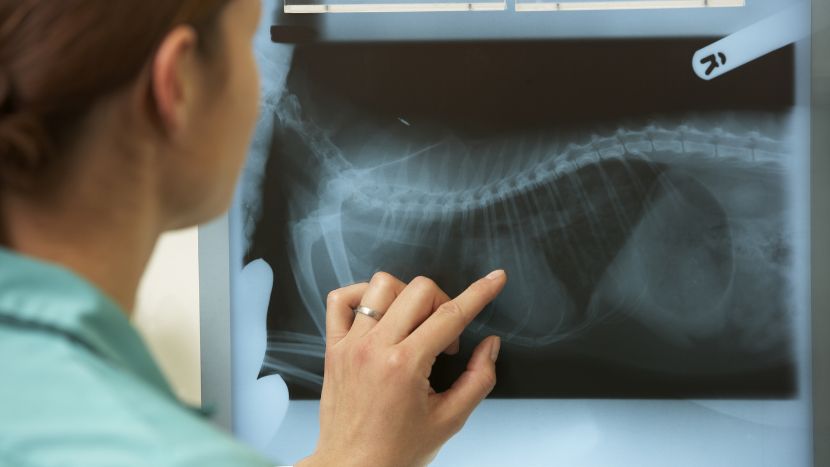Physics in The Vet Clinic: Advancements in Radiology for veterinary Care
Why does your veterinary radiology bill seem as complex as the technology behind it? It’s a direct reflection of the sophisticated physics at play. With veterinary care advancing rapidly, five notable innovations are shaping the future of this intricate field.
Radiology, a critical diagnostic tool in animal healthcare, is evolving with pace and precision to meet rising demands for non-invasive procedures. These advancements not only enhance diagnosis but also promise a more streamlined experience for our four-legged companions.
The underpinning science of radiology harnesses powerful physics mechanisms – think X-rays transforming into detailed images – which explains high operational costs and, consequently, elevated billing systems. Yet, this cost overlays a picture of cutting-edge technologies poised to redefine veterinary practice standards.
Vet Tech Gets an Upgrade: X-Ray Vision for Your Pet!
Imagine a world where X-rays and scans help vets not just see your pet’s insides, but also understand them better. That’s the future of veterinary radiology in 2024!
Here’s the scoop:
- Super-smart AI: This isn’t your average helper AI anymore. It automates tasks, summarizes medical records, and even explains complex diagnoses in plain English for pet owners.
- Seeing the whole picture: Fancy new AI can analyze X-rays, MRIs, and other scans together, giving vets a more complete understanding of your pet’s condition.
- Sharper images: Nuclear imaging is getting a boost too, with clearer combination scans that pinpoint problems more easily.
- 3D mapping: 3D imaging keeps getting better, offering a detailed map of your pet’s body for precise surgeries.
All this cool tech relies on physics magic, using energy to see inside your pet. And the best part? As this technology becomes more efficient, it could even lead to lower vet bills in the future!
The Quantum Leap: Radiology’s Engine in Layman’s Terms
Radiology is not a dark art, but a clear science grounded in the realities of physics. Here’s how it works, wrapped in simplicity:
X-rays and MRI rely on different aspects of electromagnetic energy, an invisible force that our bodies interact with uniquely.
- X-ray: High-energy light that travels through soft tissues but is blocked by denser materials like bones. The result? A shadowy image on film or digital sensor.
- MRI (Magnetic Resonance Imaging): Safely exploits the magnetic properties of atoms within the body to create detailed images, especially useful for soft tissue contrasts.
Why then are radiology bills often so high on veterinary care invoices?
- Complexity: This dance of energies demands sophisticated and expensive machinery that can both emit precisely controlled energies and capture their nuanced interactions with animal tissue.
- Expertise: Interpreting these shades requires highly trained specialists who can read between the lines – or shadows – where subtle differences may indicate problems.
- Maintenance and Upgrades: The cost to keep this advanced technology running smoothly (including regular software updates like those improving AI algorithms) and optimizing radiology medical billing software adds up quickly.
In essence, when you’re handed a bill for radiological services, you’re funding not just one-time use of equipment but continued access to ever-evolving tech that connects physical laws with veterinary care excellence.
The Future of Pet Care is Here: A Brighter Look at Radiology
Veterinary radiology is no longer just about X-rays! Thanks to exciting advancements, your pet’s health care is about to get a major upgrade.
This article explored the fascinating world of vet radiology, from its reliance on physics principles to the reasons behind billing. But the real takeaway? Cutting-edge tools like super-smart AI and sharper imaging are revolutionizing how vets diagnose and treat our furry companions.
These advancements promise a future of more accurate diagnoses, potentially smoother procedures, and ultimately, a higher standard of care for our beloved pets.
So next time your pet needs radiology, remember, it’s a window into a world of scientific marvels working to ensure their well-being.

































































































